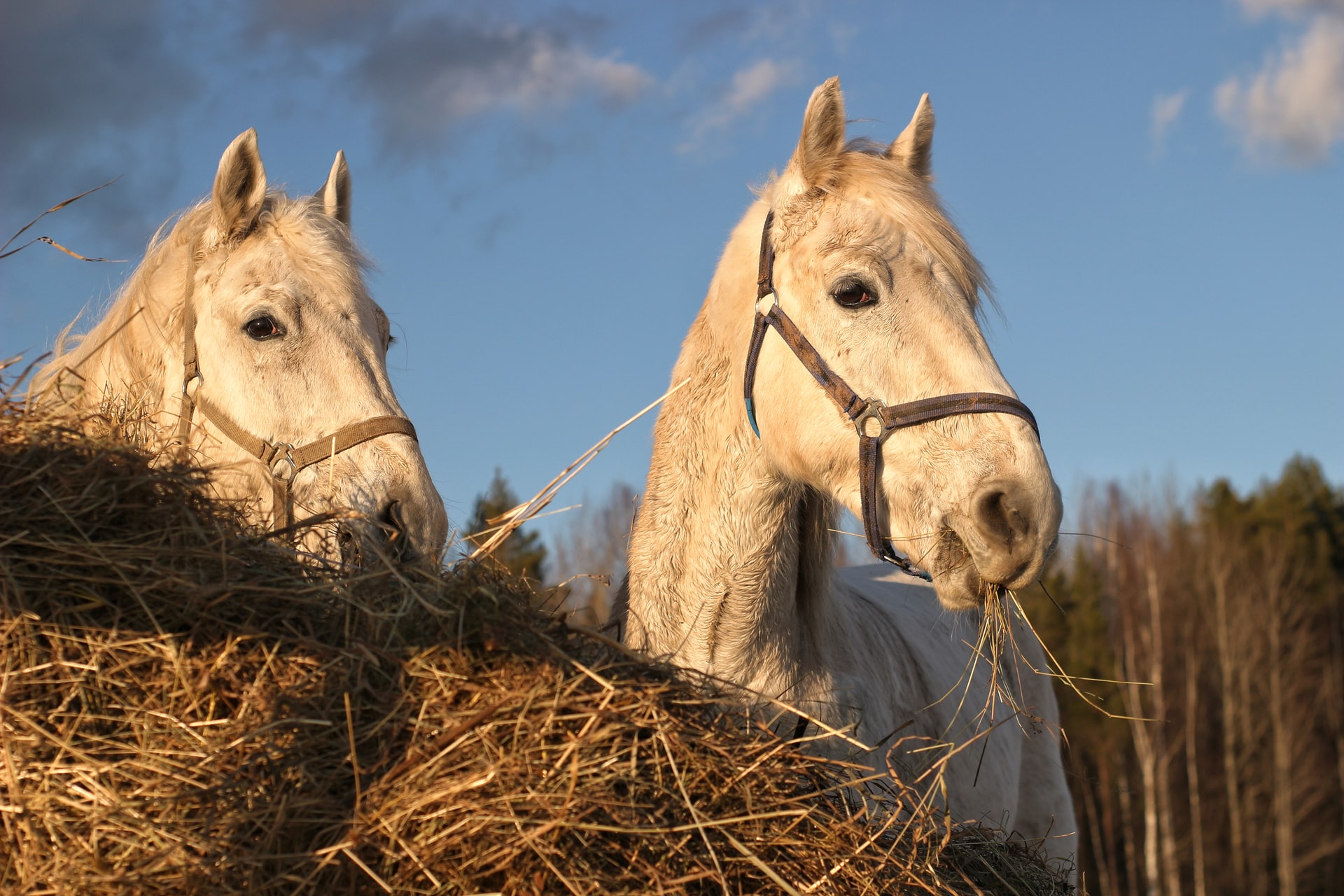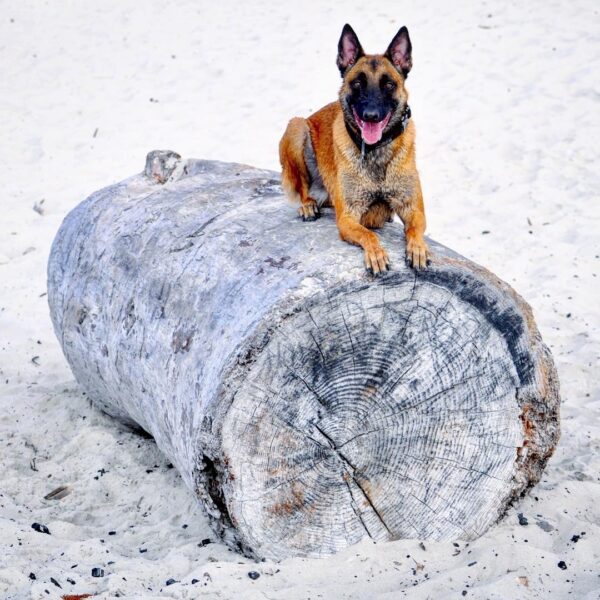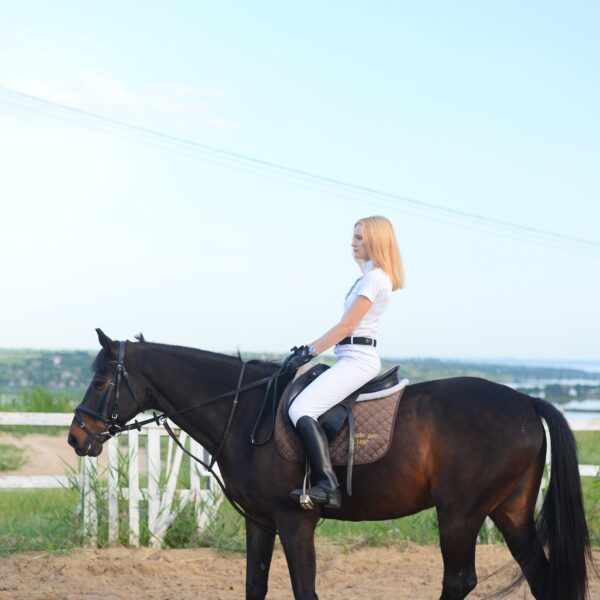Horses are herbivores, thus, they eat only plant-based food. This is clearly seen in natural conditions when horses nibble grass about 16-18 hours a day. Since the stomachs of these equines are small, they eat often but in small portions. However, domestic horses have lost constant access to grass, but they need additional energy to work. Let’s have a look at the nitty-gritty of horse feeding.
What Do Horses Eat?
About twenty years ago, no one would have thought that horses could be fed with something else besides hay, oats, and grass. But today, there’s a whole industry specializing in equine nutrition. Feeding horses has become the research of many scientists in dozens of laboratories around the world. In fact, there’s a whole science that works on developing ideal nutrition for various horse breeds. Interestingly, some manufacturers make formula that can be used interchangeably as kitten milk, milk for puppies, or other animals.
Like humans, horses have individual characters, body types, and behaviours, and therefore, they require a different amount of food. Horse food should provide all the nutrients they need, ideally it should also have horse gut supplements to support good health.
Basically, the diet of horses consists of grains and concentrates. There’s a wide range of safe food that horses like to eat. Some include honey, apples, carrots, pumpkins, etc. The equine expert David Garcia writes on his blog Horsezz.com that a constant water supply is also required. Consuming water fosters digestion, reduces colic, and regulates body temperature and blood circulation.
Keep in mind that the nutrition of wild horses and domestic horses are completely different.
Wild Horse Nutrition
So what does a horse eat in nature? The answer is obvious—grass and various vegetation. Wild horses have to be content with such treats all year round. In the warm season their diet consists of fresh juicy grass, and in winter it consists of dry and frozen grass. This is quite enough for wild horses to survive.
Domestic Horse Nutrition
In the process of domestication and using horses for work, people should feed their horses properly and often. After all, equines were originally used for plowing, driving, partaking in wars, carrying weights, and so on. Nowadays, grass and hay alone aren’t enough for horses.
The horses’ diet started to include grain and various milling products to maintain the energy of the animals. Soon after, with the development of equestrian sports, even more concentrated, nutritious feeding was required in the form of bran, compound feeds, and all kinds of vitamin supplements. Besides, horse nutrition in winter and summer is different, as equines consume more food in the cold season.

How and What to Feed Domestic Horses
For horses, the amount of food depends on the use and workload of the animal. For example, a horse weighing 1000 pounds needs about 13 pounds of oats, 15-20 pounds of hay, up to 13 pounds of root crops (beets or carrots), up to about 5 pounds of bran per day.
This is in addition to fresh grass in the summer during grazing and additional treats in the form of apples, cabbages, or sugar. Besides, the menu should be diversified with special vitamin supplements, depending on the gender and age of the horse.
Take care of your horse properly, and don’t forget to treat them every once in a while. If you constantly give them yummy treats, you will bond with your horse right away! But don’t overdo the treats; these are just snacks, not a whole meal.
Image Credits: Michal GADEK, Mary She




Like this article? Share with your friends!